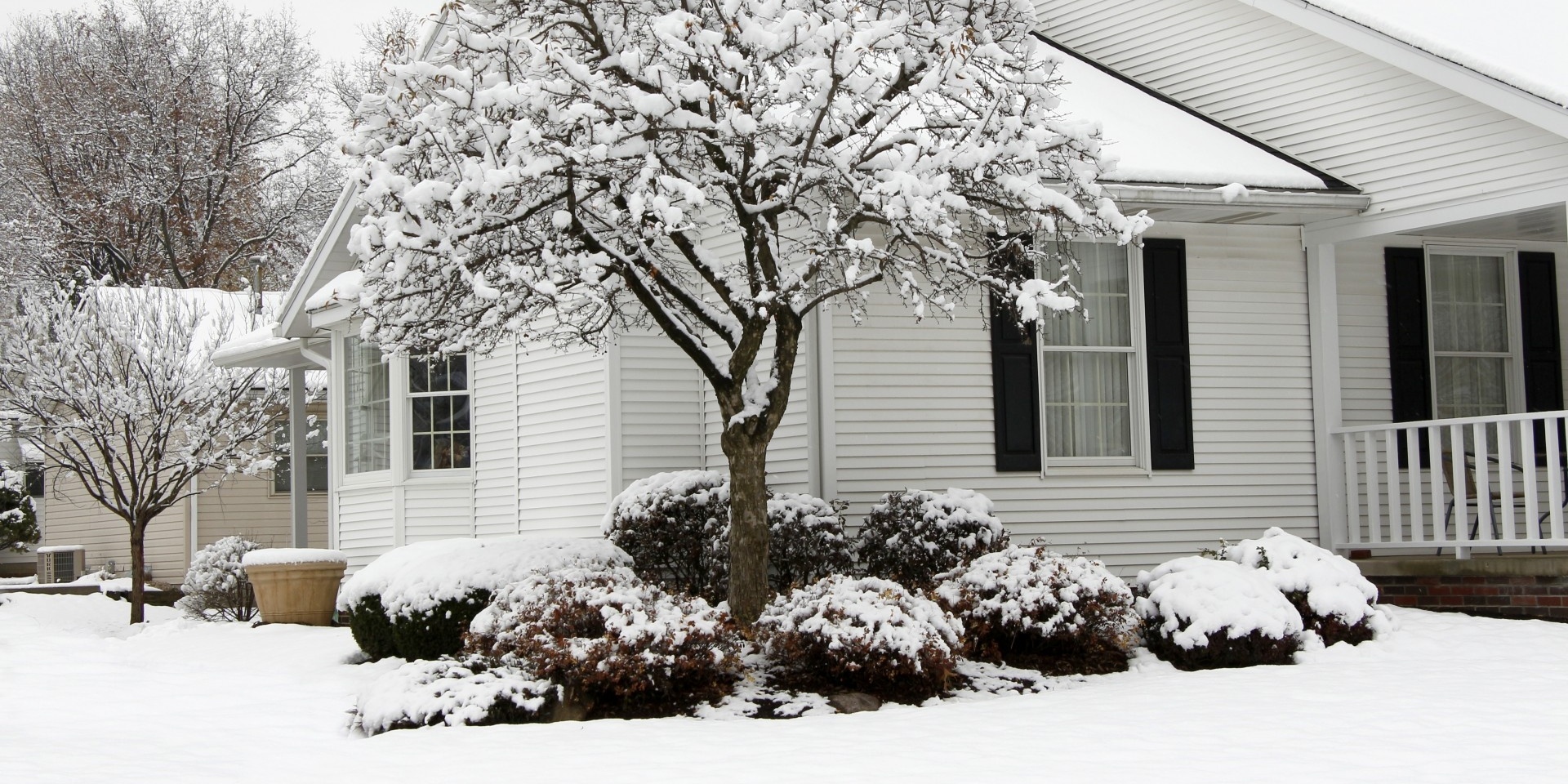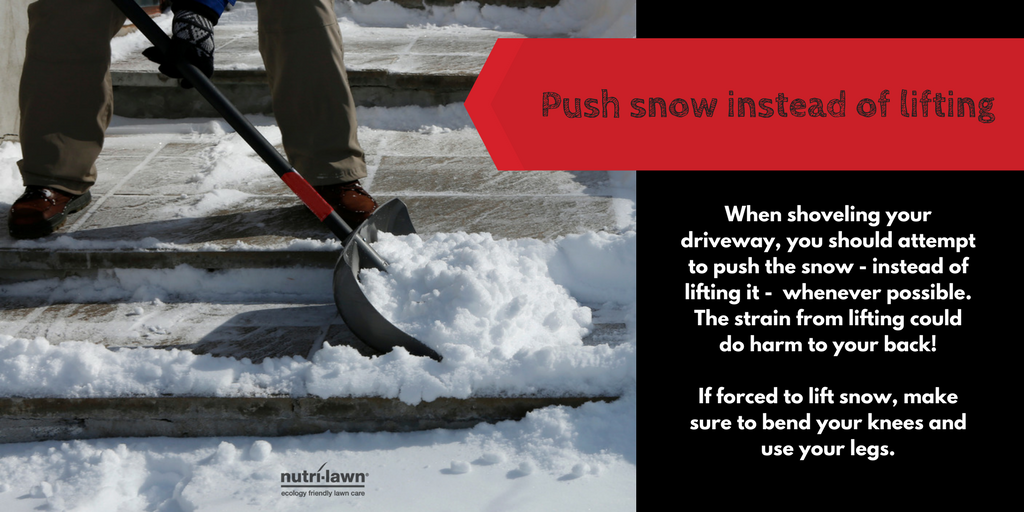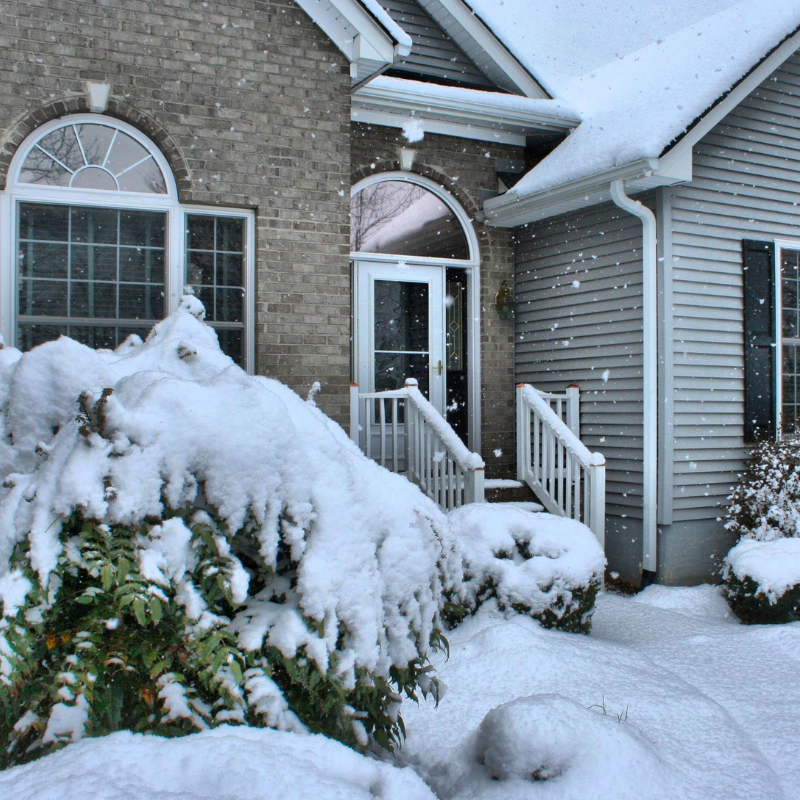
Heigh-Ho, Heigh-Ho, it's off to shovel we go!
For those who live in areas with routine and heavy snowfall in winter, this phrase has probably passed through your minds a few times this year as you slog outside with a shovel in hand and a scowl on your face. Winter and snow/ice storms go hand in hand, making shovelling as Canadian a pastime as, say, ice hockey or curling. What a world we live in!
Snow or ice storms, while certainly beautiful in spades, can damage properties and create havoc for unprepared homeowners if the proper steps are not followed. While winter storms are unpredictable and there are a lot of elements out of our control, there are still a few measures homeowners can make to mitigate damage and ensure that their property is better protected for the next great storm. Read on to learn about a few of them!
Check Around The House
If you are a weather buff and have time to check the forecast before the big storm, make sure to clean your gutters so water doesn’t back up and freeze once harsh conditions hit. Check downspouts and make sure water will be diverted away from your house and walkways. If you haven't done so already, bring in any empty planters, toys or pots inside. You should also always have salt or ice melter at the ready, to place on your driveways, walkways or any other area where foot traffic is common.
RELATED > The Effects Of Winter Ice Damage
Clear Your Trees

If your trees could talk like the Ents in the Lord of the Rings series, they would surely remind you of their vulnerability during a winter snow or ice storm.
Heavy snow and ice can bend and break tree branches after a storm, leading to damaged branches and potential damage to homes, fences and outdoor patios as well. To mitigate this problem, you can carefully remove snow from sagging tree limbs with objects such as brooms, poles, shovels, and even hockey sticks (Canadians for the win). Always be mindful to work lightly and at a measured pace, as the cold may have made the branches brittle and easy to break. A common winter annoyance is the classic "pile of snow down the back-of-jacket routine". It's never fun, and always a shock to the system!
Shovel Like A Boss

When shovelling your driveway or walkways, you should attempt to push the snow - instead of lifting it - whenever possible. The strain from lifting could do harm to your back, and the strenuous demands of shovelling combined with cold temperatures can create potential health risks if not monitored properly. By taking the following precautions, you're doing your body - and your driveway - a favour.
Some important shovelling tips are as follows:
- Warm it up. Some (crazy) people actually enjoy shovelling, as it can be a rather good form of exercise if done properly. Just like Tom Brady before the Super Bowl, it's good to limber and stretch as a warm up to shovelling. Take 5 to 10 minutes beforehand to limber up and prepare for the task at hand.
- Wear proper gear. As mentioned above, shovelling after a large winter snow or ice storm isn't exactly a walk in the park. By dressing in thin, breathable layers, you can avoid overheating and preserve energy for the next shovel you'll have to do a few hours later...
- Have a breather. Just breathe! Giving yourself a short break in the middle of strenuous shovelling session is good for the mind and the muscles, especially the heart muscle.
Follow us on Facebook for a new lawn care tip every Tuesday, and get every new The Grass Expert blog direct to your newsfeed.








